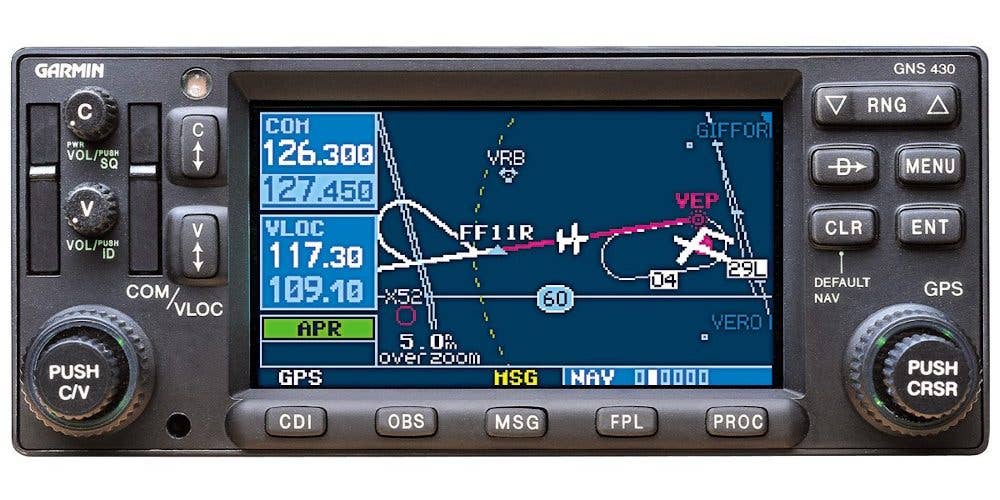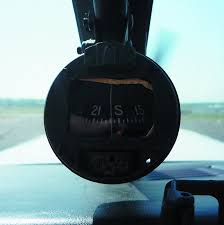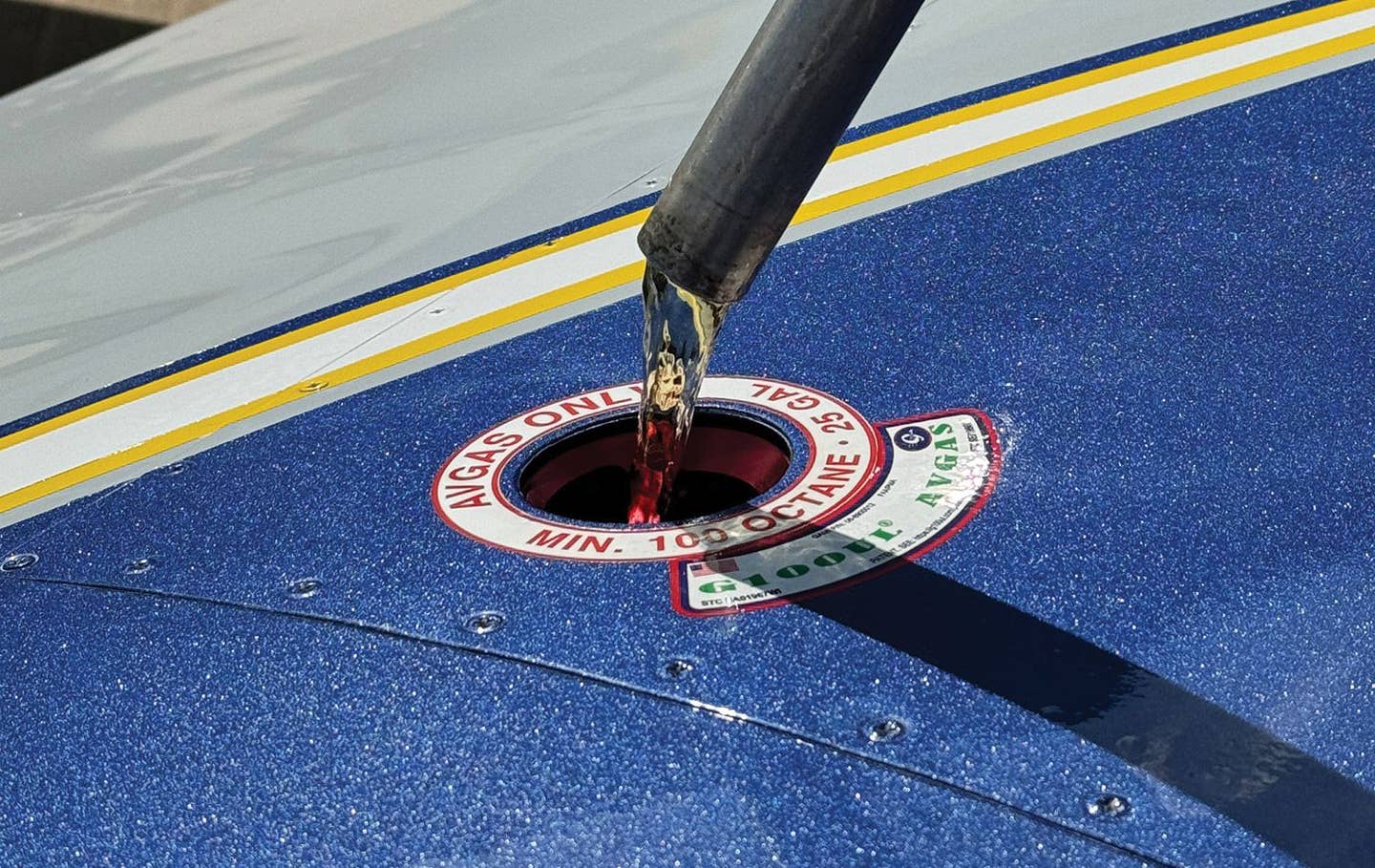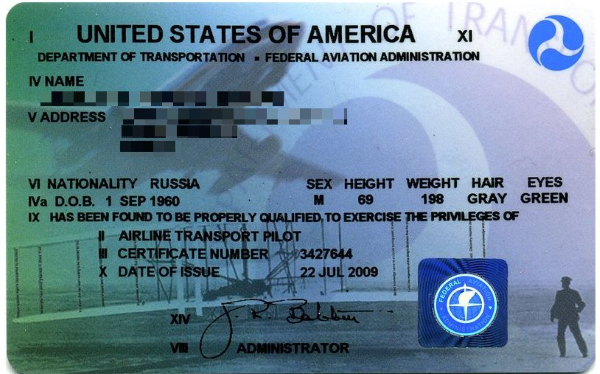GNS 430 Hysteria-25 Years Later
GNS-series navigators revolutionized air navigation.

The forums and news threads went berserk when Garmin sounded the warning horn last year that the parts bins stocked with major components to maintain the world-conquering GNS-series navigators are thinning, and that owners should start planning an upgrade. Garmin Service Advisory (23018 Rev. B) makes it official, saying in part that display repairs for the WAAS and non-WAAS GPS 400, GNC 420 and GNS 430 are no longer available and have been discontinued after 25 years of support.
It’s easy to understand the hysteria because for the masses, it’s tough to imagine flying without one. With over 110,000 GNS units sold, both for retrofit and as an OEM standard, the GNS line could be the most market-saturated avionics ever built. Other than King’s Silver Crown KX155 radios, I can’t think of anything that comes close. Moreover, the GNS 430 and larger GNS 530 are reliable rigs that work well for such a wide variety of applications and flying missions—IFR, VFR and everything in between.
If the product was a turd like some other brand’s offerings of similar vintage, there wouldn’t be nearly the uproar over support issues. Plus, GNS navigators were never cheap. If you spent the money and downtime for installation (around $30K was the magic number for a 430W/530W combo), you can’t be thrilled that a tanked display could send it to the scrap bench. Fair-weather flyers who don’t use more than the Direct To key probably have little motivation to upgrade.
The good news for owners who want to proactively bail out of a good-working GNS is that WAAS units still fetch big dollars—even if there aren’t replacement displays for them. Garmin is doing something it rarely does, offering trade-in value presumably to backfill the parts bins because it says it’s committed to servicing the GNS line for years, or at least those with healthy displays.
I’ve seen only a couple failed displays over the 25 years, and that seems in line with Garmin’s estimation that only around 1 percent of units will be affected, though the units aren’t getting younger, so I predict the percentage will grow. Units that have recently been back to Garmin for a flat-rate repair—and even better, have replacement displays—are priced at the top of the used market.
The GNS 430W flat-rate repair is around $2000, and the typical retail price for a cherry one is around $5500. For years, Avidyne has offered trade allowances for used GNS 430Ws against its mostly slide-in IFD 440, and that feeds the used market with a variety of GNS units. Ask to see service paperwork before striking a deal, and demand that it looks good cosmetically. A common refurbishment on units that go back for repair include replacement bezel keys and a new display lens.
I’ve heard kookie conspiracy theories that Garmin purposely built the display so it times out after so many hours. Garmin doesn’t even make the display, and given the leaps in display technology that happened since the 1990s it’s no surprise there aren’t current third-party suppliers who do. Garmin thinks that dropping in a modern touch display like the ones on the current Garmin navigators, upgrading the memory and going through re-certification would cost more than owners would be willing to spend.
I think King Silver Crown owners voted with their wallets when BendixKing couldn’t source gas displays for existing KX155/165 navcomms; it came up with a simple mod for a replacement LED that was more than four times the cost of the old drop-in display. Shops tell me the majority of owners faced with repairs used the opportunity to upgrade to a new Garmin.
A hangar buddy with an early GNS 430 in his Cherokee told me his unit doesn’t owe him a dime because it’s seen multiple upgrades, and after spending the $2000 last year for a display replacement he hopes to keep it forever, maybe someday moving it to the number two position as a backup. If you’ve owned a GNS 430 from the beginning, you know that it’s gotten several boosts over the years—including a WAAS upgrade and more software upgrades than I can count. But even before the GNS, Garmin had a track record of stretching the life of navigators, at least until it runs out of major components, including displays.
As a blushing-green avionics guy in the early 1990s when ground-based Loran-C was the standard, I remember installing Garmin’s first navigator—the GPS100. The unit got several improvements (including an aviation database and a panel-mount install kit) before morphing into the GPS150 and comm-equipped GNC250, and then the GPS155/GNC300, which were among the first approach-approvable IFR GPS navigators. Later models of these units (the “XL” series, which added stark yellow moving map displays) were still offered in the Garmin lineup and long supported even after the GNS 430 came along in 1998.
Ultimately, Garmin stopped supporting the GPS100/200 series after many years because it couldn’t get replacement displays made by an outside vendor. Of course, the market didn’t complain a whole lot because the GNS line, with an eight-color LCD display, was an immediate success and for many it was a logical and modern step up from the utilitarian 100 and 200-series navigators.
The original $10,000 GNS 430 didn’t have a WAAS receiver and when Garmin added a factory WAAS upgrade in 2003 as it promised, it offered the update for 17 years before dropping it when the ADS-B mandate hit in 2020. At the time, when asked why it was dropping the upgrade, Garmin told me it planned to source enough parts to support WAAS upgrades until the FAA’s mandate hit, which required an approved WAAS GPS position source for connection to the ADS-B Out system. Eventually, WAAS demand fell off, likely because so many GNS units were already upgraded. The replacement GTN series has been in existence since 2011 and updated a couple times, currently to the Xi version.
This isn’t a new story. When I talked with Garmin’s Jim Alpiser at Sun ‘n Fun last spring, he warned that some service parts for the GNS line would become scarce within a year. So one year later, I linked up with Alpiser for a follow-up in this video, where the news isn’t all bad for GNS owners, at least for the foreseeable future.
No matter how you feel about Garmin support, in my estimation there’s really no reason to ditch a GNS if you don’t want to upgrade, but every reason to treat that functioning display right by maintaining the avionics cooling system (heat is a display’s enemy) and having a plan in place for total replacement.






